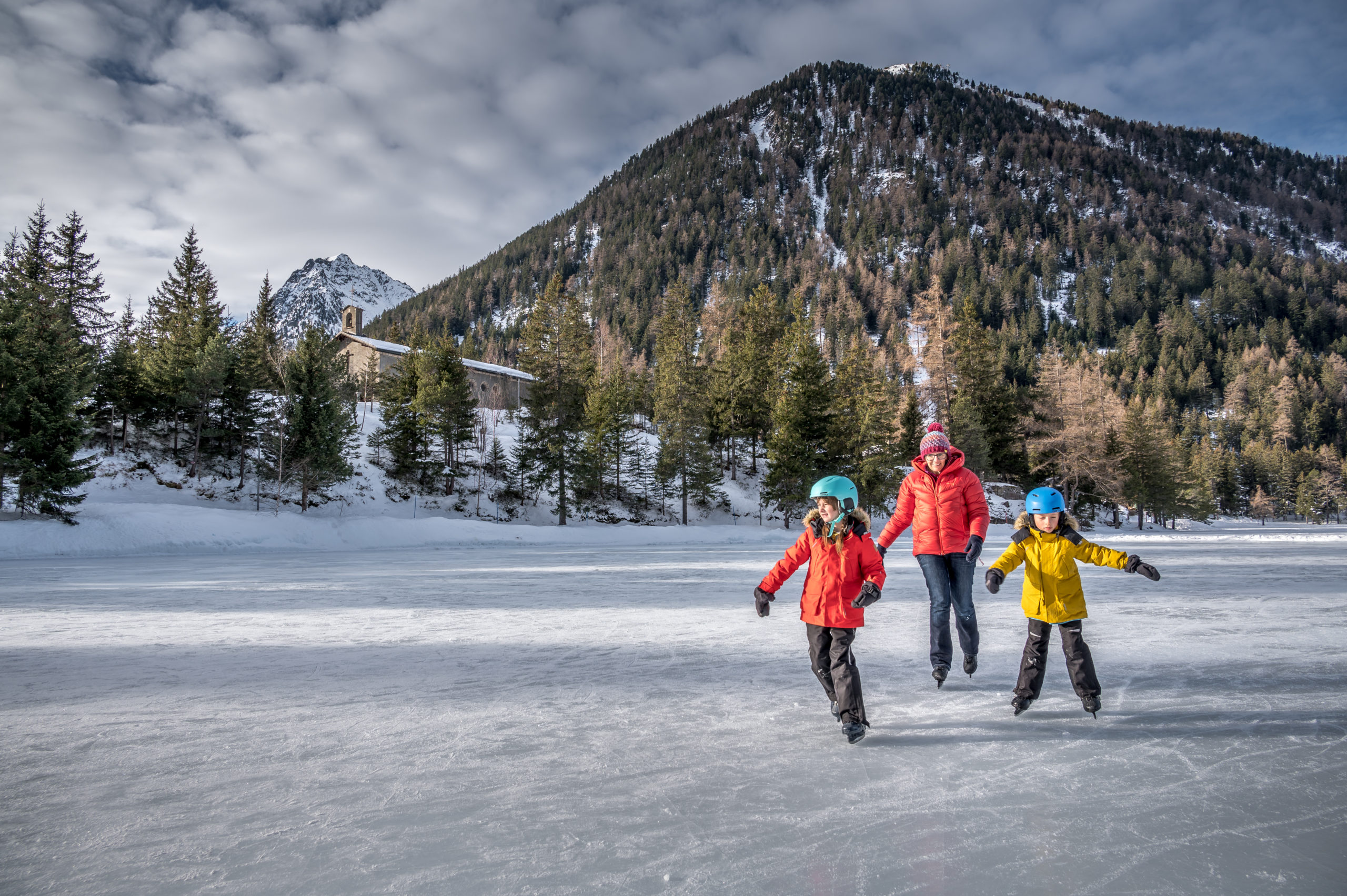Lorsque les premiers flocons de neige tombent doucement, il n'y a rien de mieux que de rêver de s'évader en famille vers une destination hivernale magique. Si vous êtes à la recherche d'une expérience authentique, de paysages à couper le souffle et d'activités mémorables pour toute la famille, ne cherchez pas plus loin que le Pays du St-Bernard, niché au cœur des Alpes suisses.
Imaginez-vous au milieu d’un paysage alpin enchanteur, où les montagnes majestueuses sont recouvertes de neige étincelante et où le lac gelé vous invite à glisser gracieusement à sa surface, créant un paysage hivernal magique. Bienvenue à Champex-Lac, un endroit où le temps ralentit, où les sourires sont contagieux et où les souvenirs se créent à chaque instant. Dans cet article, nous allons vous guider à travers un weekend en famille parfait dans cette région hivernale pittoresque. Préparez-vous à vivre des aventures passionnantes, à savourer une cuisine délicieuse et à vous immerger dans la culture alpine. Accrochez-vous, car l’aventure commence ici !
Vendredi
Arrivée et repas chaud à l’hôtel.
Champex-Lac compte différents hôtels parfaits pour des familles !
L’Hôtel Splendide, avec sa vue panoramique extraordinaire et son grand calme, est l’endroit idéal pour un séjour en famille. Dans son ambiance chaleureuse, votre séjour hivernal ne peut pas être plus parfait, d’autant plus avec ses chambres communicantes pour assurer un espace confortable et convivial pour toute la famille.
L‘Hôtel du Glacier avec son emplacement central, son restaurant sur place et sa proximité avec une petite piste de ski pour les enfants en font un choix idéal pour des vacances en famille.
Retrouvez la liste complète des hôtels sur Champex-Lac ici.
Si vous souhaitez avoir plus d’indépendance, vous pouvez séjourner dans un chalet ou appartement à Champex-Lac !
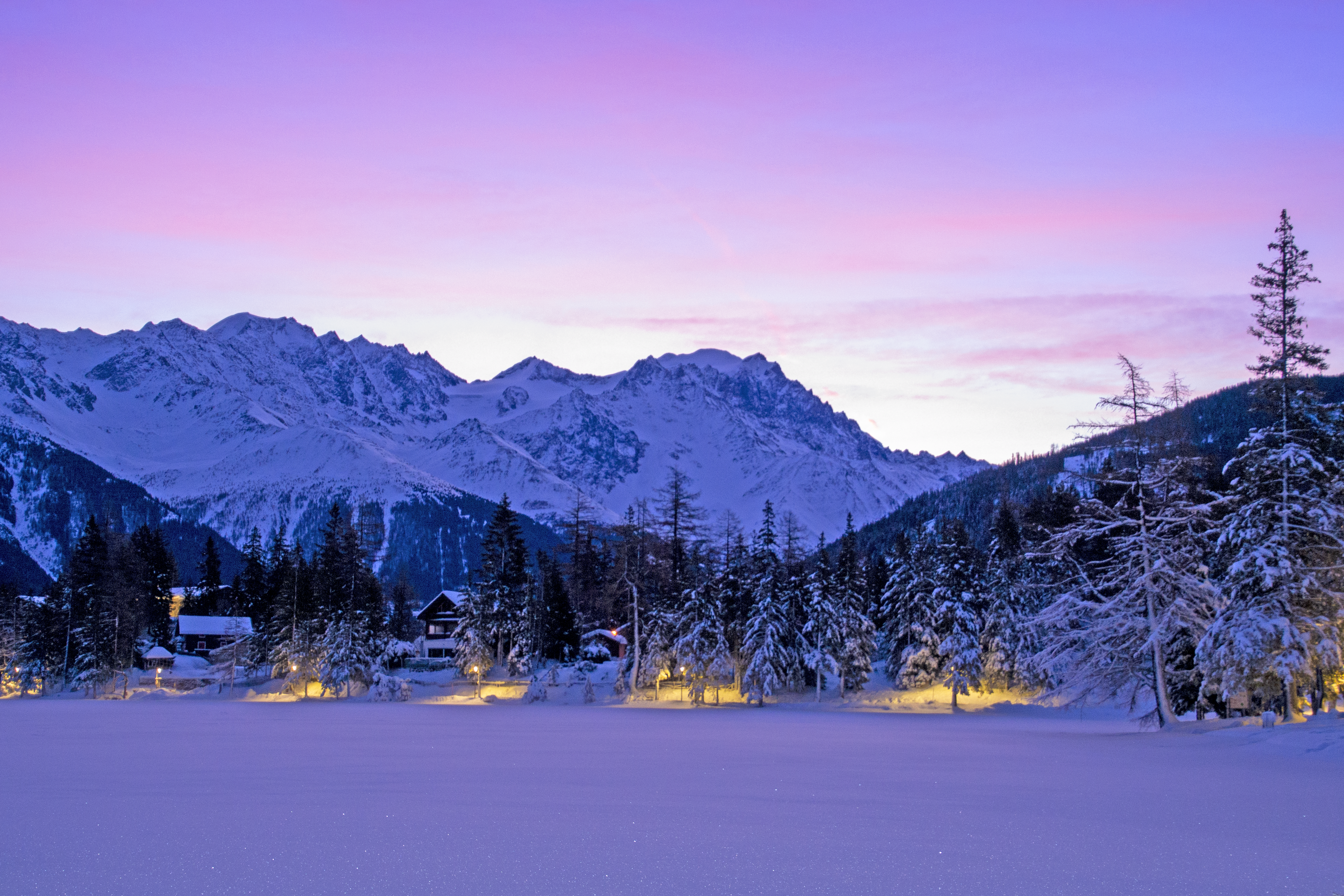
Samedi
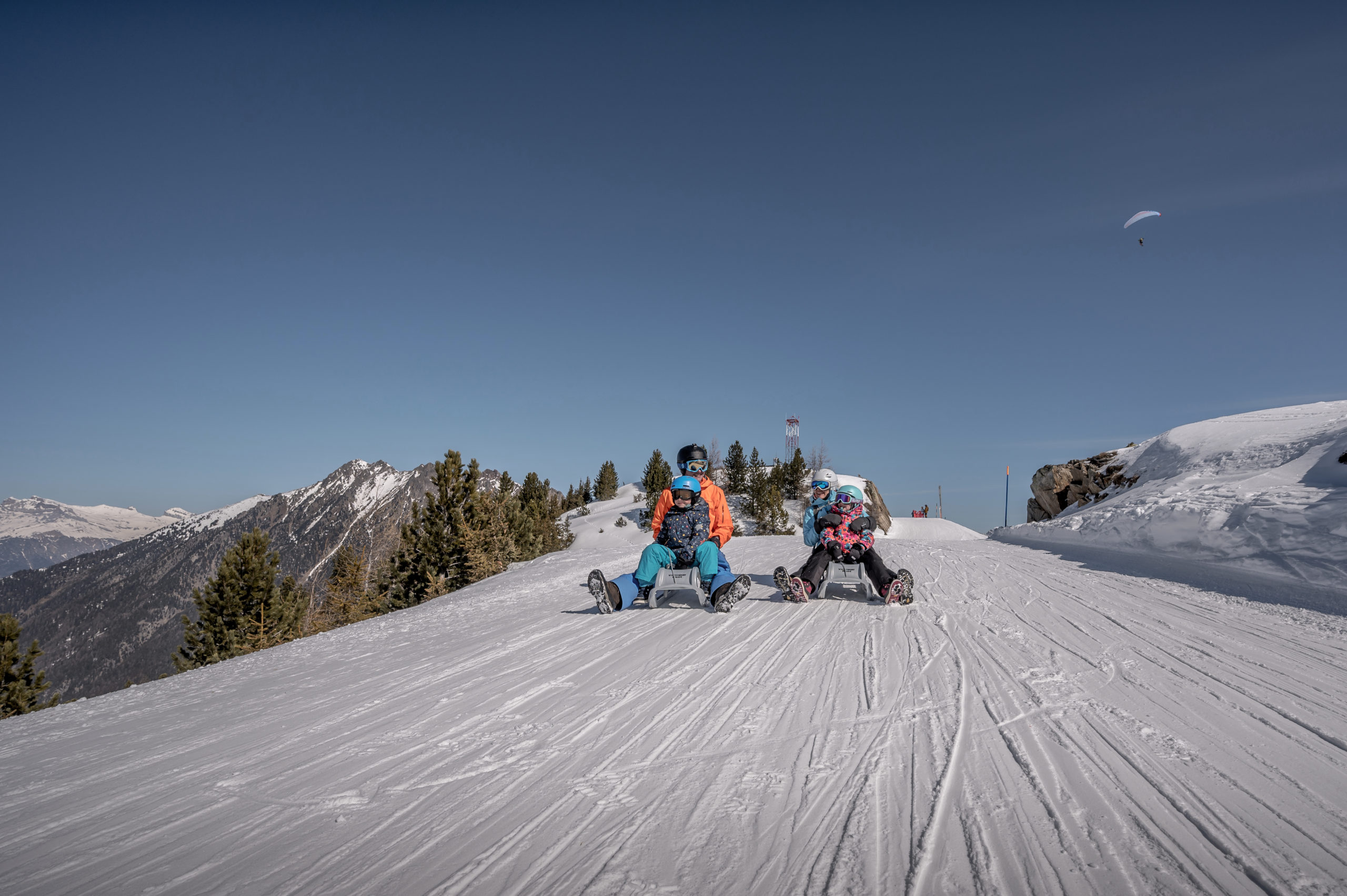
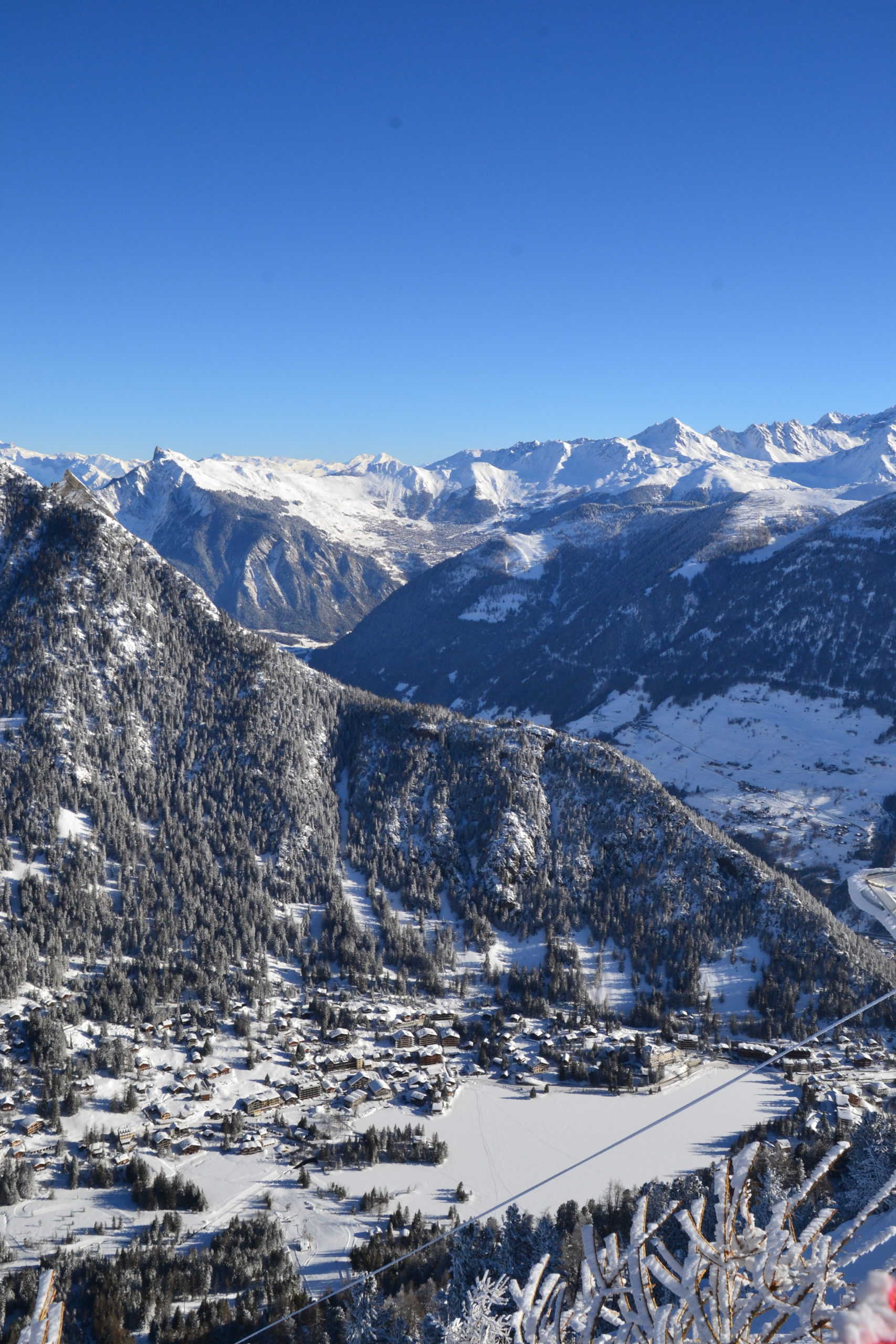
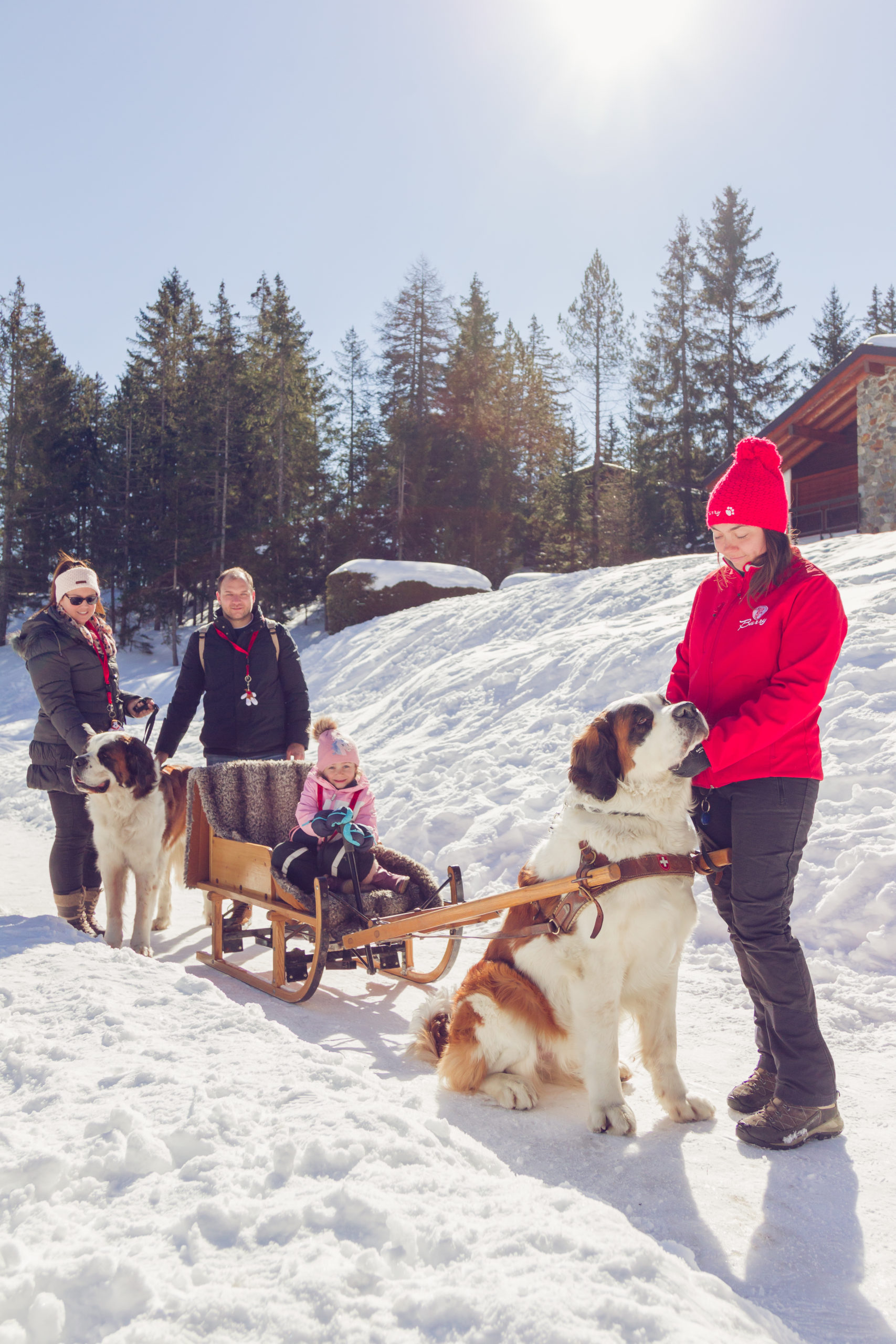
Champex-Lac est riche en activités hivernales adaptées pour les familles.
Commencez votre journée avec un bon petit-déjeuner, suivi par une balade en compagnie des chiens Saint-Bernard !
Tous les samedis et les dimanches, partez en randonnée d’hiver avec deux chiens Saint-Bernard. Vérifiez toutes les disponibilités sur le site internet Barryland.
À midi, restaurez-vous avec une bonne crêpe sucrée ou salée à la Crêperie le Mylord ou profitez de la vue panoramique au restaurant de La Breya !
L’après-midi, offrez-vous une évasion enivrante sur la piste de luge depuis La Breya. Profitez de chaque instant pour vivre des sensations uniques !
Le soir, régalez-vous avec une bonne fondue une bonne fondue ou un autre succulent met de la région au restaurant Au Vieux Champex.
Dimanche
Après une nuit de sommeil, il est temps de se lever, de chausser ses patins, et de s’aventurer sur le lac gelé de Champex-Lac. Que vous soyez un débutant ou un patineur expérimenté, c’est une expérience inoubliable.
Si vous n’avez pas vos propres patins, vous pouvez les louer au magasin Look Sport ou à l’École Suisse de Ski au centre de la station, à proximité du lac. Profitez ensuite de cette patinoire 100% naturelle pour des sensations ludiques dans un cadre à couper le souffle.
Vous glisserez ainsi en face du massif des Combins avec le majestueux Grand Combin à 4’314 mètres. C’est une activité hivernale parfaite pour tous les âges, idéale pour créer des souvenirs magiques. Alors laissez-vous emporter par la beauté de Champex-Lac en hiver.
Après ce week-end enchanteur, vous n’aurez pas l’envie de rentrer chez vous. Arrêtez-vous donc à la laiterie d’Orsières pour déguster une excellente raclette et repartir avec des produits locaux qui vous rappelleront ces magnifiques journées passées au Pays du St-Bernard!
